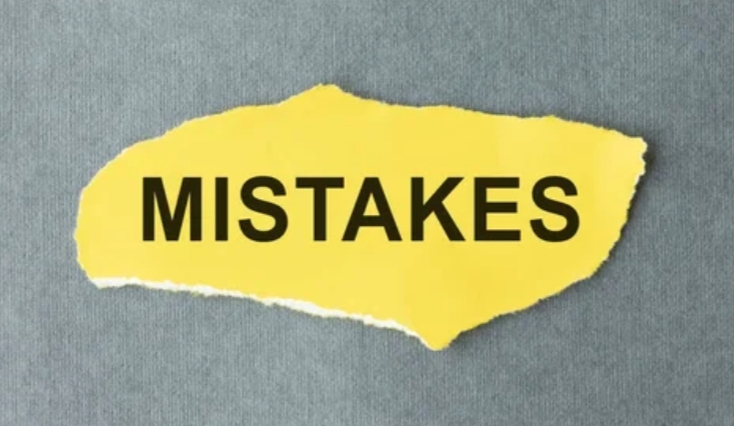
Emotions are powerful signals that keep us alive, connected, and motivated. But there are times when they surge so intensely that they overwhelm our thinking, hijack our actions, and leave us with consequences we regret. This article explores why emotions can overpower us, what it looks like in real life, and practical steps to regain balance when you feel yourself spiraling.
What it means for emotions to overpower you Emotional overpowering happens when the brain’s alarm system (the amygdala and other limbic structures) activates in response to stress, threat, or frustration, and the prefrontal cortex (the area responsible for planning, impulse control, and rational thought) temporarily takes a back seat. The result can be impulsive words, snap judgments, or actions driven more by fear, sadness, or anger than by careful reasoning. Chronic overwhelm also dulls your ability to shift gears—making it feel harder to calm down, problem-solve, or communicate effectively.
Common scenarios
- In a heated argument, words fly without thinking, and reconciliation feels distant.
- After a bad day, a minor setback triggers a flood of frustration or despair.
- Receiving criticism or failure leads to self-attack or fixation on worst-case outcomes.
- Social media interactions spark anger or defensiveness that you can’t shake off.
Signs your emotions are overpowering you
- Physical: a racing heart, clenched jaw, sweaty palms, stomach tightness.
- Cognitive: racing or intrusive thoughts, difficulty concentrating, black-or-white thinking.
- Behavioral: shouting, sarcasm, withdrawal, impulsive actions, snapping at others.
- Emotional: intense anger, fear, sadness, or embarrassment that you feel you must act on immediately.
Strategies to use when you feel overwhelmed
- Pause and ground yourself
- Take a slow, deep breath. Try a simple box breathing: inhale 4 counts, hold 4, exhale 4, hold 4, for several cycles.
- Ground with the 5-4-3-2-1 technique: name 5 things you see, 4 you can touch, 3 you hear, 2 you smell, 1 you taste.
- Name the emotion and check the intent
- Label what you’re feeling (anger, fear, sadness, shame) and rate its intensity on a 1–10 scale.
- Ask: What do I most need right now? Safety, space, reassurance, or a problem to solve?
- Slow down your plan for action
- If you’re about to respond, delay it by at least a few minutes. If possible, step away to a calmer environment and return with a clearer head.
- Triage your needs
- Hydration, a snack, rest, a quick walk, or a conversation with a trusted person can reset your biology enough to think more clearly.
- Re-frame thoughts, not facts
- Challenge catastrophizing: “This is ruined forever” becomes “This is a tough moment; what’s one small step I can take to improve it?”
- Look for evidence for and against your immediate interpretation, and consider a more balanced viewpoint.
Cognitive and behavioral strategies in order to build resilience
- Cognitive reframing: Reinterpret the situation to reduce threat perception and highlight actionable steps rather than personal failures.
- Problem-solving approach: After the intense moment, identify a concrete next step. Break big problems into small, doable tasks.
- Emotional labeling: Regularly naming emotions builds emotional literacy and reduces their intensity.
- Self-compassion: Speak to yourself as you would to a friend in pain—kind, patient, and honest.
- Physical outlets: Gentle movement, stretching, or a short workout can burn off energy that fuels intensity.
- Sleep and routine: Consistent sleep, meals, and stress-reduction practices bolster emotional regulation over time.
Communication tips when emotions are high
- Use “I” statements to express how you feel and what you need without blaming others.
- Reflect back what the other person is saying to reduce defensiveness (e.g., “What I’m hearing is…”).
- Set a follow-up time if the conversation is too heated to complete now.
Longer-term strategies for reducing emotional overwhelm
- Mindfulness and meditation: Regular practice helps you observe emotions without immediate reaction.
- Journaling: Track triggers, thoughts, and outcomes to identify patterns and successful strategies.
- Social support: Cultivate a small circle you can turn to when overwhelmed—trusted friends, family, or a therapist.
- Healthy outlets: Creative expression, hobbies, or volunteering can channel intense emotions into constructive activities.
- Professional help: If overpowering emotions are frequent, intense, or lead to harm, consider speaking with a mental health professional for tailored strategies.
When to seek help
- If you experience thoughts of self-harm or harming others.
- When emotional overwhelm disrupts daily functioning for weeks or months.
- When you’d like support in building skills beyond self-help tools.
A practical mindset: emotions as data, not directives Emotions provide valuable information about our needs and values, but they don’t have to dictate our actions. When emotions overpower you, you can acknowledge them, breathe, and choose a path that aligns with your longer-term goals and well-being. This isn’t about suppressing feelings—it’s about learning to ride the wave rather than being swept away by it.









